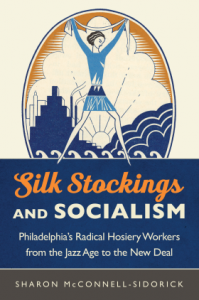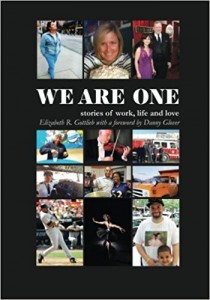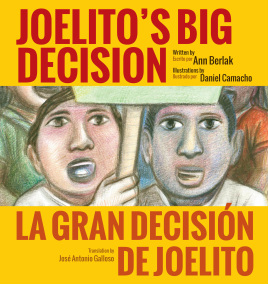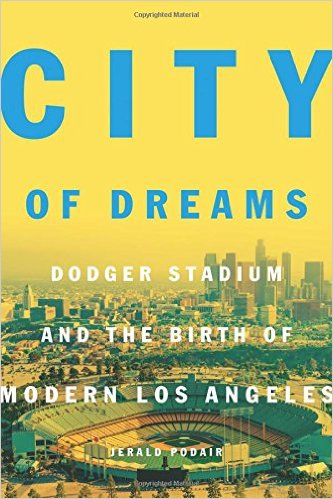Silk Stockings and Socialism
BOOK NOTES: From time to time, we will publish a brief note to alert you to a recently-published work. The first one follows:
Silk Stockings and Socialism: Philadelphia’s Radical Hosiery Workers from the Jazz Age to the New Deal
by Sharon McConnell-Sidorick, ©2017, University of North Carolina Press
The Kensington section of Philadelphia, “a ‘mill town’ set in the middle of a large
city”, was the birthplace of the Knights of Labor, founded by Uriah S, Stephens and other local garment workers. One of the Knights, John Makin, was a co-founder of the American Federation of Full-Fashioned Hosiery Workers (AFFFHW), the union profiled in this book. Later re-named the American Federation of Hosiery Workers (AFHW) (until it merged with the Textile Workers Union of America (TWUA)), the union’s activism in the 1920’s and 1930’s is the focus of author Sharon McConnell-Sidorick, as it engaged in “follow the shops” organizing drives, community-based organizing, labor feminism, and support for the building of CIO unions. During that time period, the union openly espoused a Socialist ideology, as “ideological and activist descendants of Philadelphia’s Knights of Labor.”
[Note prepared by Keith Danish of the NYLHA]




